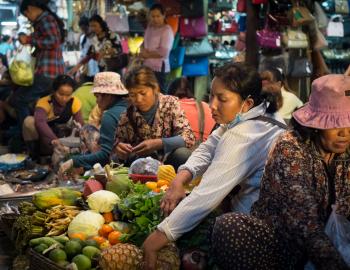Policy Brief : How do gender approaches contribute to climate compatible development? Lessons from Kenya
Policy Brief : How do gender approaches contribute to climate compatible development? Lessons from Kenya
Share this:
Resource detail:
Date:
Author:
CDKN Global
Type:
Policy briefs
Organisation:
Practical Action
This brief is based on a research project carried out by Practical Action Consulting with support from the Institute of Development Studies, commissioned by and supported by CDKN, to provide evidence on the advantages and challenges of integrating a gender dimension into climate compatible development strategies in urban settings, with a focus on Kenya. Although considerable evidence exists pertaining to rural areas, significant knowledge gaps can be found in relation to climate compatible development and gender in urban areas.
Key messages:
- A research study looked at whether gender-sensitive approaches to climate compatible development are being adopted in urban areas of Kenya and if so, whether these approaches influence development outcomes for men and women.
- The study assessed gender awareness and action in Kisumu, with a focus on the 5-year project ‘People’s Plans into Practice (PPP): Building Productive and Liveable Settlements with Slum Dwellers’, whose main achievement has been to improve the wellbeing, productivity and living conditions of poor people in informal settlements.
- The study found that where vulnerable groups were included in decision-making processes, the project was better able to address their practical needs, which are often quite distinct from those in rural areas. When women participated actively in these processes they went on to take managerial and leadership roles.
- Despite this, limited opportunities exist for women’s participation in planning processes and project activities and men tend to dominate due to cultural attitudes.
- A very wide range of actions are recommended across all sectors of society to lift the barriers and address gender issues effectively in climate change interventions.
This report was produced as part of a series of papers on gender and climate change, to read more, visit our page on Gender equality and achieving climate goals.



